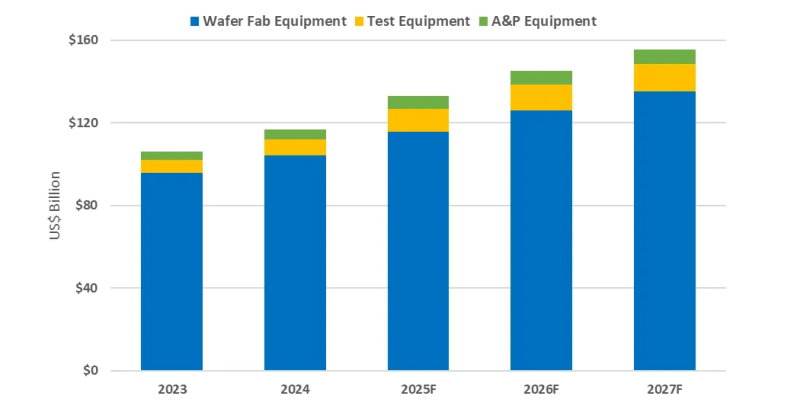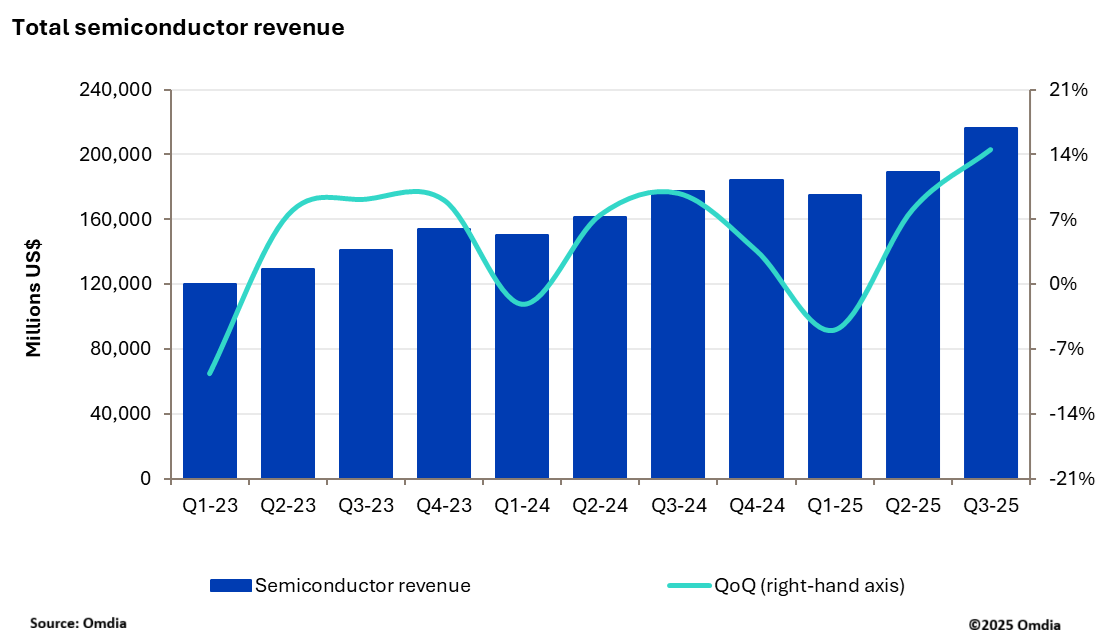—Part of an ongoing EE Times series: A Vulnerable U.S. Electronics Supply Chain. Previous parts can be found here.
Luc van den Hove (Source: imec)After the U.S. CHIPS and Science Act of 2022 touched off a global race for governments to tap their budgets for billions of dollars’ worth of subsidies and investment to build domestic computer-chips industries, informed observers are weighing in on the phenomenon.
Some assessments are more critical than others, but they universally urge collaboration stemming from countries’ “chips acts” to avoid a missed opportunity, perhaps a once-in-a-lifetime chance to get things right.
“I believe that the ‘chips acts’ should reinforce and complement each other, providing a never-before-seen critical mass to accelerate innovation in the semiconductor industry,” imec CEO Luc van den Hove told EE Times. “Should we duplicate and isolate each region, the outcome will be mediocrity, losing valuable time and resources.”
Imec, which stands for Interuniversity Microelectronics Centre, is a Belgium-based, neutral research and innovation hub in nanoelectronics and digital technologies. A model for collaboration, in December 2022, imec signed a cooperation pact to partner with a new Japanese semiconductor company called Rapidus.
Rapidus was established in August 2022, and it is, itself, an example of collaboration: It has support from eight major Japanese companies: Denso, Kioxia, MUFG Bank, NEC, NTT, SoftBank, Sony and Toyota.
The Japanese chip company plans to mass-produce chips with state-of-the-art, 2-nm technology in the latter half of this decade, imec said in prepared remarks. Such advanced chips can be used for 5G communications, quantum computing, data centers, self-driving vehicles and digital smart cities.
The imec-Rapidus strategic partnership is one collaboration that comes to mind for Chris Miller, a Tufts University professor and author of “Chip War: The Fight for the World’s Most Critical Technology.” But there are others to consider, he said.
“I am impressed by the amount of collaboration between countries like Taiwan, [entities and countries in] Europe, Japan and the United States when it comes to their efforts to boost their chip industries,” Miller told EE Times. “There are certain ways that incentive funds are competitive with each other, but there are also substantial efforts underway by industry and government to use new funds to support collaboration between firms and especially in the R&D process.”
More importantly, all of the key governments, including the U.S., Japan, the E.U. and key member states, have signaled that they realize that independence in semiconductor production is impossible, and that supply-chain resilience and technological leadership is best supported by deeper collaboration, Miller said.
Backdoor protectionism
Another academic with a stake in tech plans sees less existing cooperation than Miller.
While supporters of the U.S. CHIPS Act promise it will create new jobs, strengthen supply chains, make the country more independent of its chief semiconductor rival, China, and reshore chip manufacturing, others are concerned about what they call the law’s protectionist overtones and its global effects.
“This set of policies has created a race to the bottom in which other countries, seeking to insulate and prop up their own industries, try to emulate the U.S. policy by supporting chip production in their countries and regions,” Sarah Kreps, director of the Tech Policy Institute at Cornell University, told EE Times. “The net effect will be that, as countries try to move toward self-sufficiency, access, supply, price and quality will be compromised.”
Kreps is unswayed by comments from Laurie E. Locascio, director of the National Institute of Standards and Technology (NIST), who told an AAAS business meeting in March, “We are working across the Department of Commerce and with the State Department to develop a strategy for coordination globally. We don’t want to incite a chips war across the world when we have strong partners to work with.”
“Here the words and actions diverge,” Kreps said. “The policies of backdoor protectionism have been zero-sum even if the statements have not. Statements are not unimportant, but other countries want to see action that is not putting their industries at a disadvantage.”
NIST declined to provide an interview with Locascio or another representative, and instead offered prepared remarks to be characterized as background from the Department of Commerce:
“As the Department has been implementing the CHIPS and Science Act, it has remained in close contact with U.S. partners and allies, including through engagements with the?Republic of Korea,?Japan,?India, and the?United Kingdom, and through the?Indo-Pacific Economic Framework,?European Union-United States Trade and Technology Council, and?North America Leaders’ Summit. The Department will?continue coordinating closely with U.S. partners and allies?to advance these shared goals, advance our collective security, and strengthen global supply chains.” (Editor’s note: NIST included the hotlinks in this statement).
Rakesh Kumar, professor of electrical and computer engineering at the University of Illinois at Urbana-Champaign, understands the rationale of going it alone.
The bid for autonomy is economic and practical, Kumar wrote on Fortune.com in April, because governments “hope that they can capture as much of the semiconductor industry as possible,” and “transitioning to an alliance-based approach won’t be easy.”
Kumar declined a request for an interview.
In the Forbes piece, he urges governments to collaborate, for several reasons:
“But there is a way to keep the scale and efficiency of a globalized supply chain [and] the security of a consolidated one: create a chip alliance with like-minded countries,” Kumar wrote. “Carefully selected countries can pool together financial and technological resources to build a sustainable and secure semiconductor supply chain—that may be more impervious to external shocks, whether economic or geopolitical.”
Stay up to date with the latest in industry offers by subscribing us. Our newsletter is your key to receiving expert tips.

Worldwide semiconductor equipment sales are projected to grow 13.7 percent in 2025, reaching a record 133 billion dollars, Semi announced at Semicon Japan. This momentum is expected to continue throug

The smartphone industry is facing considerable cost challenges in 2026 amid ongoing memory supply shortages and rising prices. This situation is expected to lead to a 1.6% decrease in annual shipments

New research from Omdia shows that the semiconductor market delivered a record breaking performance in 3Q25 with industry revenue reaching $216.3bn, up 14.5% quarter-over-quarter (QoQ). This marks the